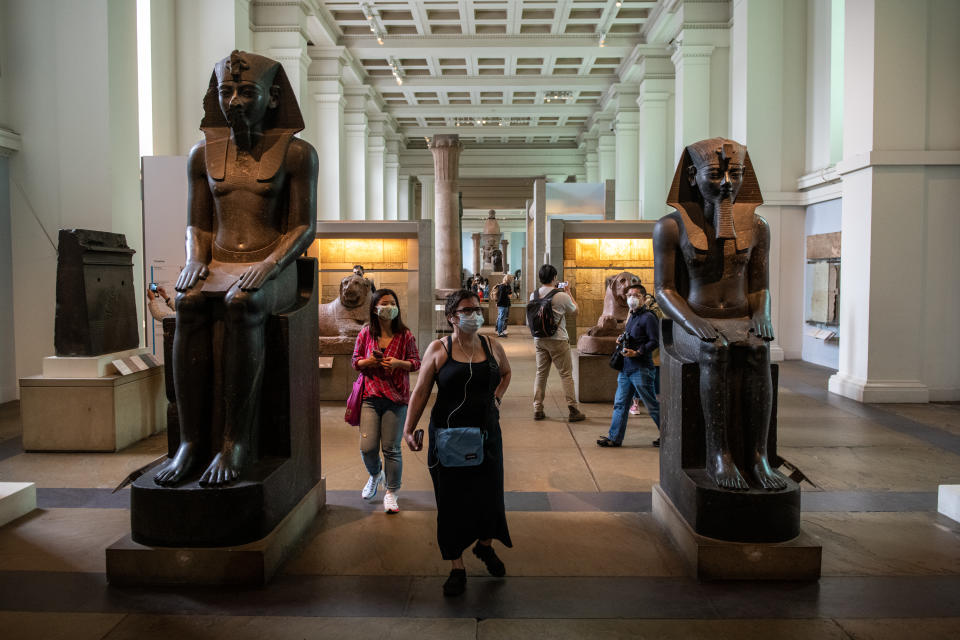Coronavirus R rate could be higher than 1 in every region of England

The coronavirus R rate of infection could be higher than 1 in every region of England, the government’s Scientific Advisory Group for Emergencies (SAGE) has warned.
The growth rate of coronavirus transmission, which reflects how quickly the number of infections is changing day by day, has increased slightly across the UK since last week.
The latest growth rate for the whole of the UK is between -2% and +1% which means the number of new infections is somewhere between shrinking by 2% and growing by 1% every day. This is a slight increase from between -3% to +1% last week.

Thursday saw England record the highest number of new COVID-19 infections since 18 June, with the number of new cases rising to 1,522 in 24 hours - up from 1,048 on Wednesday.
However, this is much lower than the 5,000 new cases a day in April, at the peak of the epidemic, and the Office for National Statistics said that rates are on the whole “levelling off”.
The organisation said there is not yet enough evidence to say there has been a fall in new infections in the most recent week and therefore “we continue to report that the incidence rate for England remains unchanged”.
The R number represents the number of people each COVID-19 positive person goes on to infect.
In England, the R is between is between 0.9 and 1.1, the same as last week, but with all areas now a range that could be 1 or above.
As a result, SAGE does not have confidence that R is currently below 1 in England.

Recent changes in transmission are not yet fully reflected in the estimates because the data used to calculate R and growth rate reflect the situation from a few weeks ago.
The figures, published each Friday on the gov.uk website, are estimates and there is a high degree of uncertainty with them, experts say.
A time delay between initial infection and the need for hospital care usually means it may take between two to three weeks for changes in the spread of COVID-19 to be reflected in the estimates.
The news comes as schools in England prepare to reopen after the summer holidays. Chief Medical Officer for England Professor Chris Whitty said this week that missing school could be worse than catching coronavirus for children.
However, experts have warned that while reopening schools has not been usually followed by a surge in COVID-19 transmission, it could mean the reproduction rate remains above one.

Parts of the north of England are subject to local lockdowns, and areas including Birmingham and Slough were last week added to the government lockdown “watch list” after reporting rises in numbers of coronavirus infections.
Museums, bowling alleys and soft play centres have all reopened to the public, but with strict social distancing measures in place to try and prevent further rises in infection.
Coronavirus: what happened today
Click here to sign up to the latest news, advice and information with our daily Catch-up newsletter

 Yahoo Sports
Yahoo Sports 
